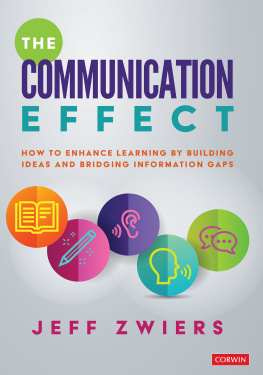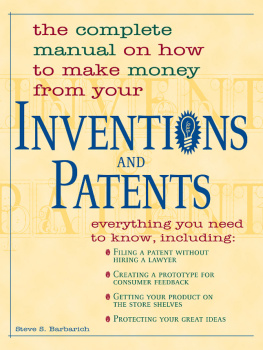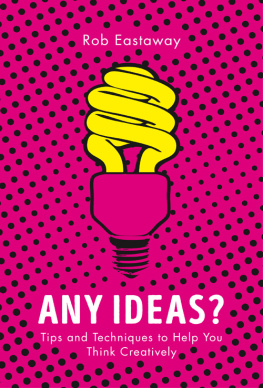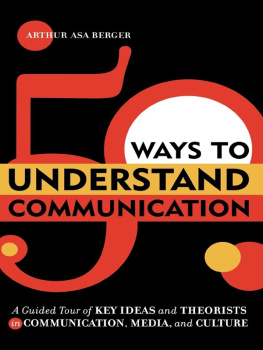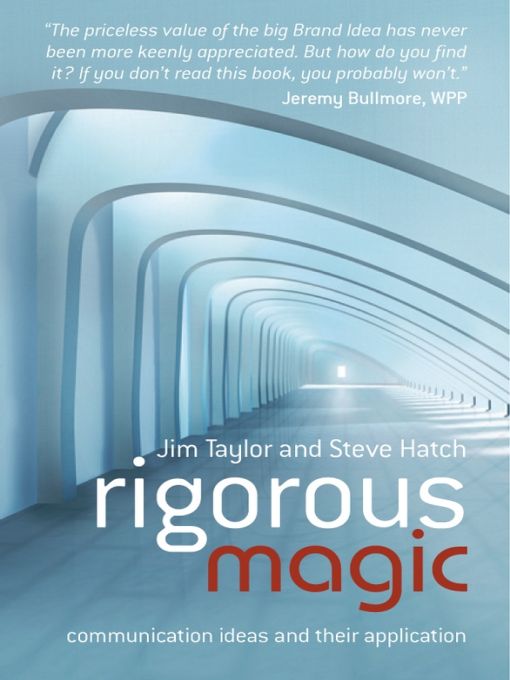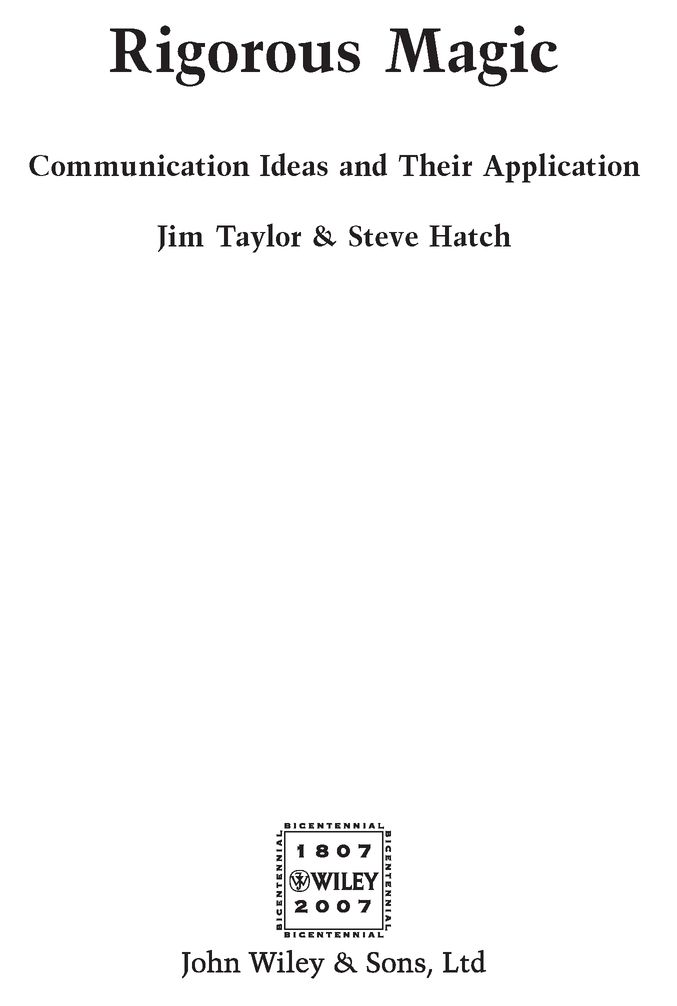Table of Contents
To Sophie
(SH)
To Tom, Joe & Amy
(JT)
Foreword
WHAT IS AN IDEA? WHAT KIND OF IDEA IS IT? HOW can the idea be used? Does it have range and longevity? Is it any good?
Rigorous Magic could easily have been titled Fragile: handle with extreme care. In writing a book about communication ideas Steve Hatch and Jim Taylor have attempted to define the ephemeral and classify the abstract and in so doing provide a road map to all of us that consider ourselves part of the community that attempts to succeed in taking products and services to market.
Communication ideas in the broadest sense are the rocket fuel of brand marketing. In the absence of sustainable unique selling propositions ideas become the principal ownable asset in categories that are devoid of clear product differentiation in format or performance.
To quote John Ford CEO of The One Centre in Sydney We believe a Brand Idea connects your business opportunity with a cause. A Brand Idea engages people behind your cause. And a Brand Idea embodies a clear belief and behaviour structure guiding and inspiring all you do, ensuring business and brand work as one.
As the challenge of marketing to ever more knowing consumers increasingly becomes that of establishing and maintaining positive brand perception this book is important as it focuses on an exceptionally valuable commodity and the application of that commodity to commercial success. Among its most valuable contributions is to focus on the idea itself rather than on ownership of the idea.
Too many factions from creative agencies to media agencies and brand consultancies not forgetting PR firms, direct marketing agencies and design consultants have expended too much of their energy into claiming the right of authorship of ideas. It is probable that their efforts would be better served in uniting around the task in order to deliver the ideas that elevate brand performance from the mundane to the exceptional. Jim and Steve also place great emphasis on the role of the client or brand owner and his role in the conception, development and exploitation of ideas and in so doing answer one important question and, covertly at least, ask another.
The question answered is who occupies the central role in integrated marketing? Rigorous Magic makes it clear the obligation falls squarely on the client to act as the ultimate brand steward and it is their responsibility to identify and marshal resources which may not be neatly aligned in a single marketing services organisation. This presents a challenge for everyone in the value chain, not least the client himself as the art of getting the children to play nicely is often far from simple. In the case of any exercise that requires the determination of right and wrong in an area that is inextricably bound with both subjectivity and creativity, those with creative XXXX on their business card tend to push themselves forward and focus on the visual expression of the idea rather than the idea itself.
The question asked implicitly rather than explicitly is about the tenure of the brand stewards themselves. Given the extreme significance of ideas in driving commercial performance it seems surprising that businesses actively rotate key people away from designated brands at quite the speed they do. From the perspective of rapid learning and experience it is easily understood but there is always a suspicion that ideas and their expression are vulnerable when change is made as it is a place where apparent change can be executed quickly and thus a temptation is offered to someone who wants to make their mark. It is certainly easier to influence ideas than it is to re-tool the factory. At the very least the message to business is that the development and protection of communication ideas is a higher order function not to be tinkered with lightly.
Rigorous Magic is useful in its exploration of ideas in the broadest sense but really delivers against the development of communication ideas in particular which as Jim and Steve point out have the potential to energise brands and consumer constituencies and in so doing drive the value of the brand itself. Within the frame of communication ideas Jim and Steve identify three key categories (and seven sub categories) which in itself helps the stakeholders to define what they are looking for and what their expectations might be in terms of scope and durability. Essentially these classify higher and lower order thinking. At lower levels we can only expect to impact execution whereas at the highest level - the brand idea - we can expect the whole behaviour of the brand to follow a new path. In the communications world this hierarchy or classification of ideas has in many respects followed the evolution of the marketing services gene pool.
In a period when advertising agencies led by advertising creatives dominated it was no surprise that advertising ideas dominated and also no surprise that many of these ideas were really tag lines dressed in the clothes of strategy. As media services developed as a competence at first within and now without the ad agency structure, ideas that involved contextual framework, symbiosis between message and environment and media platforms began to gain attention and traction. All these concepts are alive and operating in a media channel near you but today in an environment of fragmented and increasingly focused and expert services the hunt for the higher order brand idea represents the Holy Grail.
Brand ideas represent the zenith of opportunity as they create commercial value and they create an almost self sustaining ecosystem of ad ideas, executional ideas and activation opportunities and create territory for platforms that can be owned and leveraged over time. Jim and Steve successfully communicate this point with iconic examples like Dove that embodies a very high level brand idea that successfully touches the ground in every executional outlet from advertising to cause related marketing. Incidentally, Ogilvy, the creators of the Campaign for Real Beauty, would describe the notion as the big ideal rather than the big idea. A big ideal sits at the nexus of brand performance, consumer need and social imperative and that makes it very big indeed.
Its all well and good using examples that we all recognise but significant value emanates from the book as a result of the exploration of purely theoretical articulations of brand ideas that rate their potential and relevance and this among other aspects of the work really help to create an actionable codification of the category.
If there is just a single mantra to carry with you when you turn the final page it is that ideas may be born from inspiration but that all the most durable (de facto the best) are a synthesis of insight, creativity, brand understanding and judgement. This in turn requires a blend of skills of relative scarcity and a role for people who might not normally define themselves as an ideas person. What is clear, however, is that all the players in the creation game have to commit themselves to immersion in the category, its trade environment, communication channels and in consumer behaviour if their contribution is to be of real value.
Finally a cautionary note. A volume as instructional as Rigorous Magic might inadvertently find itself in use as some kind of rule book and as a source of corporate and creative dogma. Nothing could be more dangerous than that, nor further from their intentions. The one certainty of todays consumer context is that constant change will require rapid refreshment of ideas and execution and there is a danger that brands and businesses can become enslaved by the very same big idea that was intended to be the path to liberation. Evolution in consumer behaviour does not stop and the advent of social networking and peer to peer transmission about brands and the world that surrounds them has created a fluidity that we have not seen before. It implies a relentlessness that needs to be matched by all of us who want and need to succeed.



